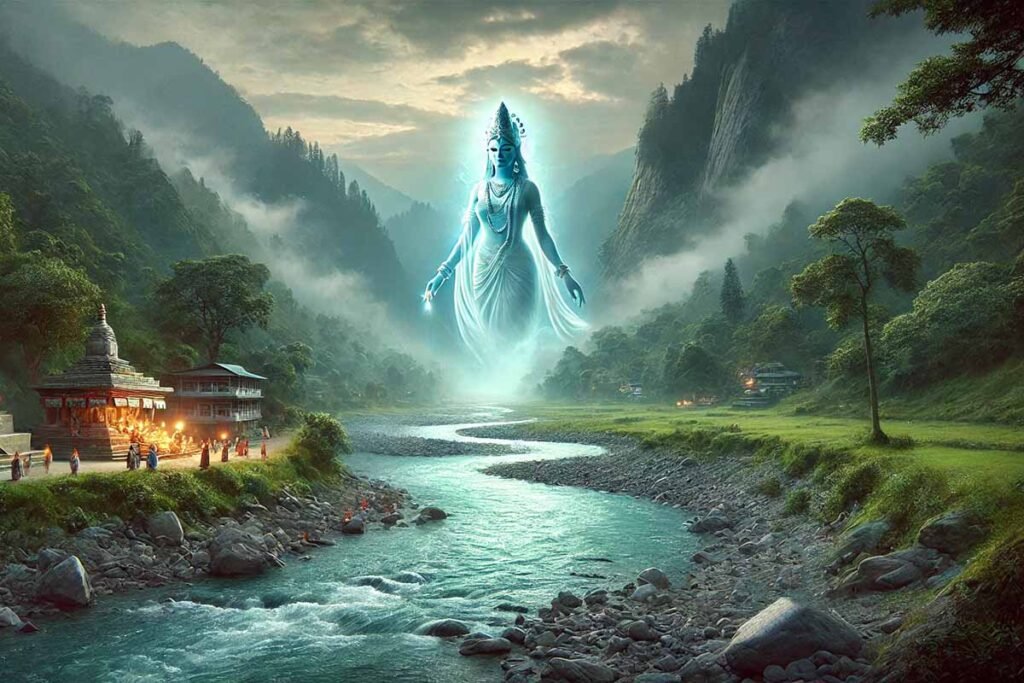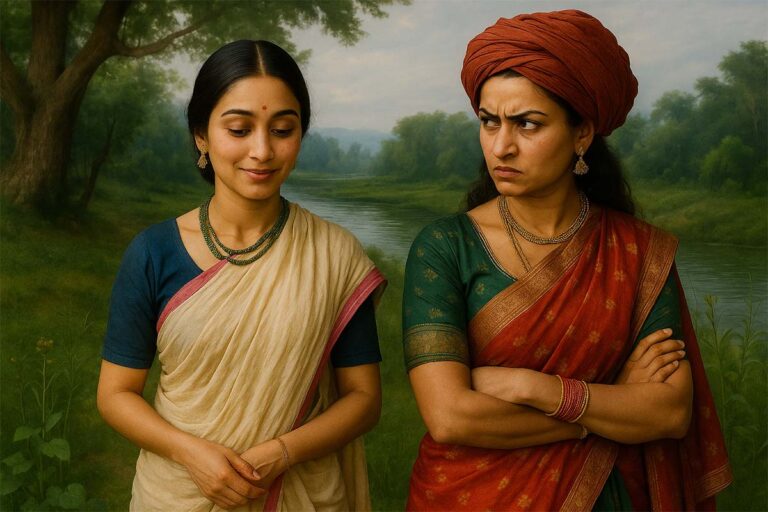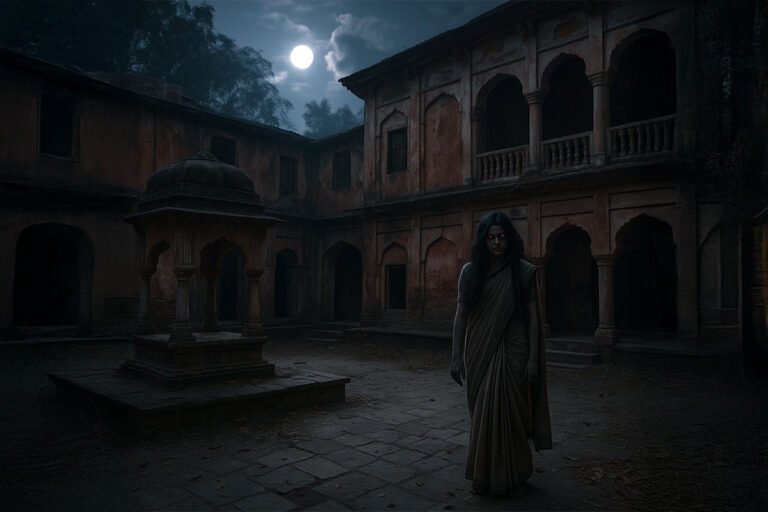In the verdant landscapes of Sikkim, the Teesta River is more than a mere watercourse; it embodies the spirit of a revered goddess, her tales interwoven with the region’s cultural and spiritual fabric.
Origins of the Teesta: A Divine Blessing from Goddess Parvati
According to local legend, the Teesta River is said to have originated from the breast of Goddess Parvati, symbolizing her nurturing essence and divine grace. The name “Teesta” is derived from the Sanskrit word “trishna,” meaning “desire,” reflecting the river’s eternal flow and its symbolic representation of endless longing.
The Teesta also holds a revered place in Indian mythology. In Pali, the river is referred to as “Tanda,” and its significance is highlighted in ancient texts such as the Kalika Purana. One captivating tale of the river’s origin tells of a demon who, after years of devout worship to Lord Shiva, was granted a celestial boon. However, the demon later offended Goddess Parvati, Shiva’s consort, leading to a fierce confrontation.
Mortally wounded during their encounter, the demon begged for water to ease his suffering. Moved by his plight, Lord Shiva caused a milky stream to flow from Goddess Parvati’s breast, offering relief to the demon. This divine stream transformed into the Teesta River, a sacred watercourse believed to quench the desires and bring peace to all who encounter it. To this day, the Teesta is celebrated as a river of divine origins, embodying the profound interplay of cosmic mercy and justice.
The Tale of Rongnyu and Rangeet
In the time before human settlement, the land of Sikkim, known as Mayel Lyang, was inhabited by divine river spirits. Among them were Rongnyu (later known as Teesta) and Rangeet, creations of the mother goddess Itbu-moo. These spirits were celebrated for their grace and the profound love they shared.
One day, seeking to determine the faster between them, they embarked on a race from the Himalayas to the plains. Rongnyu, guided by the mountain bird Tutfo, chose a swift and direct path, carving deep gorges through the mountains. In contrast, Rangeet, led by the snake Parilbu, meandered playfully, creating winding courses. Upon realizing Rongnyu’s lead, Rangeet’s playful demeanor turned to anger, causing him to rage and swell. It was Rongnyu’s soothing words that calmed him, leading to their reunion and confluence, symbolizing their eternal bond.
Cultural Significance
The union of Teesta and Rangeet holds deep cultural importance. Moved by their love, the Lepcha people, indigenous to the region, perform rituals at the rivers’ confluence. Lepcha brides and grooms visit these sacred waters to seek blessings for a harmonious and prosperous married life, mirroring the unity of the river spirits.
The Goddess’s Wrath
The Teesta River, embodying the goddess’s spirit, is known for its unpredictable and fierce nature. Locals believe that her turbulent currents are manifestations of her anger, especially when the natural balance is disturbed. This belief is reinforced by the river’s history of sudden floods and strong currents, which have claimed lives over the years.
Rituals and Offerings
To appease the river goddess and seek her favor, communities residing along the Teesta’s banks engage in various rituals. Some believe that offering prayers and sacrifices to the river can prevent natural calamities and ensure agricultural prosperity. The Rajbanshi community, for instance, has traditions of worshiping the Teesta to prevent floods and boost crop yields.
In contemporary times, while scientific understanding of river dynamics has advanced, the legends of the Teesta goddess continue to influence the cultural practices of the people in Sikkim and North Bengal. The river’s revered status underscores the deep connection between natural elements and spiritual beliefs in the region.
The tale of the Teesta River goddess serves as a testament to the rich tapestry of folklore in Sikkim, reflecting the harmonious blend of nature, spirituality, and cultural identity that defines the region.








